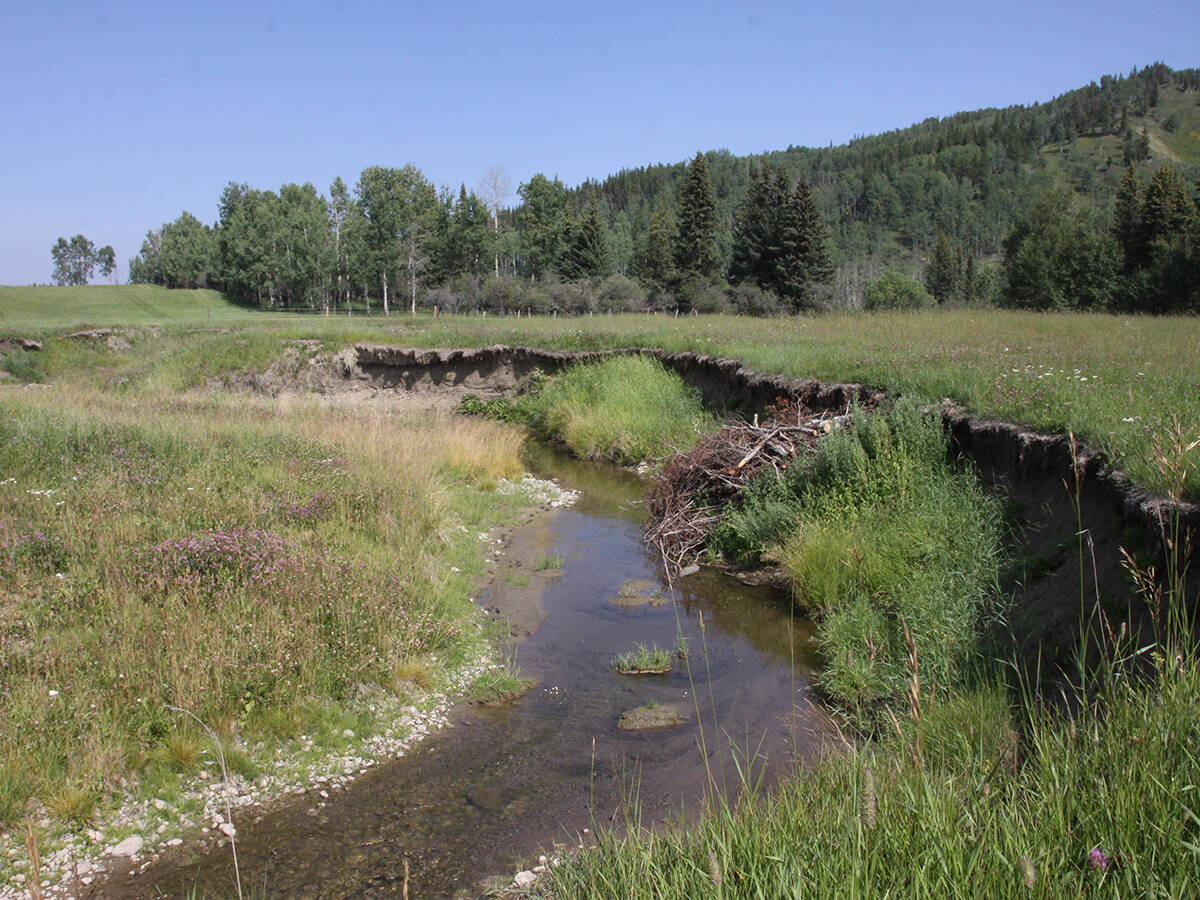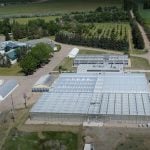They say that if you drop a frog into a pot of boiling water, it will leap out right away. But if you put a frog into a pot filled with cool water and gradually increase the heat until it starts boiling, the frog will not become aware of the change until it is too late.
This is similar to managing a farm business. We all know that there can be sudden changes in agriculture, but luckily we’re not frogs and even with sudden change there is usually a reactive option to pursue.
Read Also

Alberta eases water access for riparian restoration
Alberta government removes requirement for temporary diversion licence to water plants up to 100 cubic metres per day for smaller riparian restoration projects
Subtle change, on the other hand, is a real factor for all farms. Failing to recognize and adapt to subtle change may result in less-than-desired outcomes.
For example, farms can get bigger but management development doesn’t keep pace, resulting in different degrees of uncertainty, stress and poor financial performance.
Other farms have not advanced in size or management and find themselves in the difficult situation of trying to catch up. This is especially problematic when intergenerational transfer is looming.
Think of farm business development in five-year blocks.
The state of a farm today -its size, operational makeup and organizational structure -is really a function of a plan and the related management decisions that evolved over the past five years.
The formality of the plan and how it is used in management can vary greatly between farms. The past five years will have included things that affected the farm, both within and outside the control of management. This is a reality of farming.
Has the performance over the past five years been good enough? In other words, are you where you need to be from a family farm perspective, financial perspective and organizational perspective?
If the past five-year plan was to replicate over the next five years, does it get you to a place that is satisfactory and meets your family and financial needs? If not, you need to determine what must be done to try to achieve a better outcome.
These are important questions. Change, both subtle and extreme, over the next five years will directly affect your farm.
There is also the issue of relative change. What are other farms doing compared to yours? Are they improving management performance? Are they diversifying? Are they expanding?
Everyone will want a scenario where the picture five years out meets their needs. It is far better to be proactive and do what can be done to best ensure that it happens.
You don’t want to be like the frog and find yourself in a place where your situation and choices are limited or unattractive.
Here is a process that you can work through:
• Quantitatively and qualitatively assess where things are at today. The quantitative assessment is more straight forward because it is based on numbers and financial statements. Qualitative assessment can be more challenging. Work through a process that reviews goals and objectives, assesses management capability and includes a family discussion on where things are at.
• Determine where you think you need to be in five years.
• Develop a plan to get there. It doesn’t need to be massive, but it does need to address the relative management strengths and weaknesses. It should include specific actions.
• Annually evaluate performance to determine if you’re on track or need to make mid-plan adjustments.
We’re admittedly talking about a future state and a plan designed to get you to a preferred place. It’s a plan that obviously will be affected by change along the way, both sudden and subtle.
It’s not about perfection or making quantum change. In virtually all situations, it’s the cumulative effect of many small actions that will provide better outcomes.
And being proactive gives you the best chance of avoiding the hot water.
Terry Betker is a farm management consultant based in Winnipeg, Manitoba. He can be reached at 204.782.8200 or terry. betker@backswath.com .
















